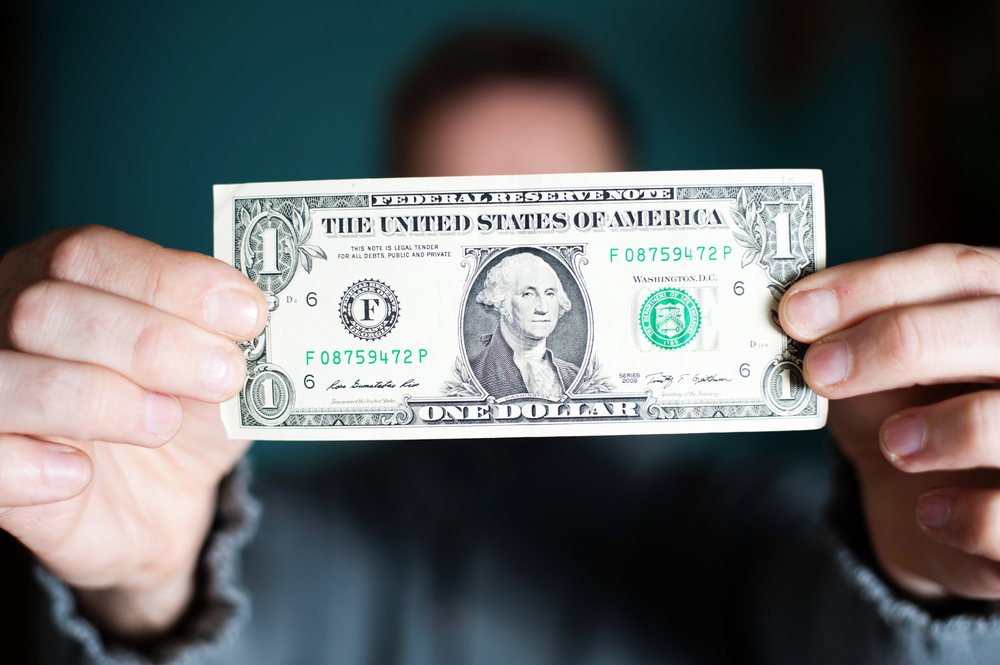The U.S. dollar is down.
But is it doomed?
Since last September, the value of the greenback has been declining against other major currencies, including the euro, the pound sterling and the yen.
You can see that in the chart below, which shows the exchange rate of the dollar against those currencies since the beginning of 2020.
.jpg)
If that’s not bad enough, there’s increasing commentary in the media about the end of the dollar’s nearly 80-year reign as the global reserve currency.
Just this month, Brazilian President Luiz Inácio Lula da Silva called for developing countries to begin replacing the dollar with their own currencies in international trade.
And Russia – still one of the largest oil exporters – is now using China’s renminbi (also called the yuan) for more trade transactions than it is the dollar.
Russia is also purportedly working with Iran – another huge energy exporter – to weaken the dollar and hasten the arrival of the day when the U.S. currency is no longer central to global trade.
Even Saudi Arabia, a longtime ally of the U.S. that pegs its own currency to the dollar, expressed openness earlier this year to selling oil in other currencies.
Predictably, many commentators see these as ominous signs that the dollar’s position as the world’s reserve currency – a title it’s held since 1944 – is finally about to end.
Wishful Thinking?
But in fact, based on the numbers, it appears those commentators may just be engaging in wishful thinking or, more likely, peddling the same old doom and gloom they dish out on a daily basis.
One of the best measures of a currency’s importance is how other nations treat it. If things go bad in the world economy, which currency do they want to have access to?
Currency reserves – what nations hold in their vaults in case of an emergency – are well documented by the International Monetary Fund (IMF).
The IMF says that global central banks collectively held about $6.5 trillion in dollar-denominated reserves in the fourth quarter of 2022 (the latest period for which there is data).
That’s more than two times the amount of euros they held in reserve (the equivalent of about $2.3 trillion). The numbers for other currencies drop off dramatically after that – with pounds and yen not even hitting the equivalent of $1 trillion. But don’t take my word for it. Look at the data here.
And for all the talk that the dollar’s share of global currency reserves has been declining, it turns out that share – at 59% – is higher today than it was in 1995.
And 88% of all international transactions involve dollars. The euro is in second place, with less than half that.
But what about the recent weakness of the dollar against other major currencies?
In fact, that’s a good thing.
Providing Flexibility
You see, the dollar moves up and down all the time – and sometimes dramatically – in response to various factors. These can be interest rate differences between national central banks (the dollar was strengthening when the Federal Reserve was aggressively hiking rates), the price of oil, the strength of the U.S. economy, or international threats and conflicts (investors around the world buy dollars when risks rise).
Recent dollar weakness is primarily a reaction to the fact that the Fed will likely stop hiking interest rates after its meeting next week. International capital chases higher interest rates, so some of it is now flowing out of the U.S. and into higher interest rate economies, pushing their currencies higher against the dollar.
And we want it to be that way. Neither the U.S. government nor the Federal Reserve sets the value of the dollar.
While U.S. Treasury secretaries often say we have a “strong dollar policy,” there is no policy other than that rhetoric. The value of the U.S. dollar is set in currency markets, and that provides the flexibility that oils the global monetary system.
So next time your crypto-loving buddy tells you the dollar is doomed – or, worse, is becoming worthless – just let them know you’d be happy to relieve them of their stash.
